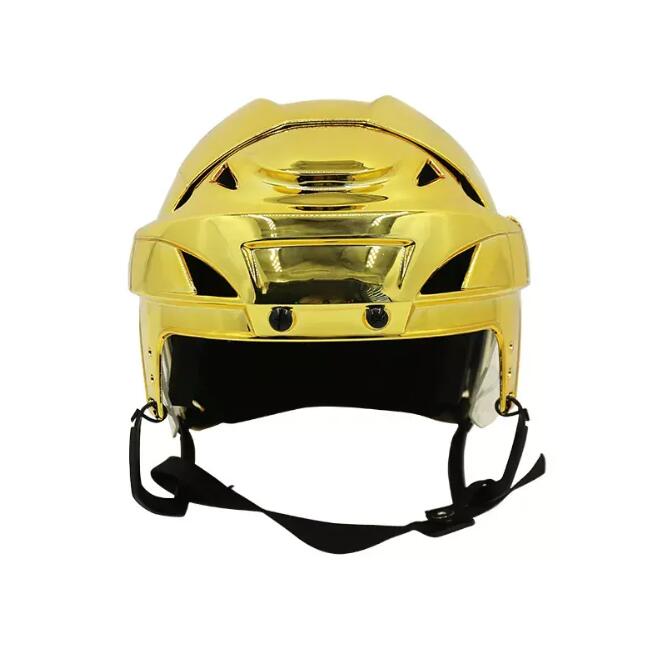Navigating Helmet Regulations Across Hockey Leagues: A Comprehensive Guide
2024-03-25
Introduction:
Hockey is a sport known for its fast pace, physicality, and skill. Amidst the thrill of the game, safety remains a top priority, especially concerning head protection. Helmets play a crucial role in safeguarding players from potential head injuries. However, the regulations surrounding helmet usage can vary across different hockey leagues, prompting questions about consistency and effectiveness in ensuring player safety.
Understanding the Varied Landscape:
The landscape of hockey leagues spans across different levels, each with its own set of rules and regulations regarding helmet usage. From youth leagues to amateur and professional levels, the standards can differ significantly, posing challenges for players, coaches, and administrators alike.
Youth Leagues:
In youth hockey leagues, safety protocols are typically stringent to protect young players. Helmet regulations often mandate the use of certified helmets that meet specific safety standards, such as those set by organizations like the Hockey Equipment Certification Council (HECC) or the Canadian Standards Association (CSA). Additionally, chin straps must be properly fastened to ensure the helmet remains secure during play.
Amateur and Recreational Leagues:
Amateur and recreational leagues may follow guidelines similar to youth leagues, prioritizing player safety through helmet regulations. However, enforcement and adherence to these regulations can vary depending on the league's oversight and enforcement mechanisms. Some leagues may adopt stricter enforcement policies, while others may rely on players' understanding and voluntary compliance.
Professional Leagues:
Professional hockey leagues, such as the National Hockey League (NHL) and international leagues like the International Ice Hockey Federation (IIHF), have comprehensive helmet regulations in place. These regulations not only specify the type of helmets allowed but also address additional safety features such as visors or full face shields. The NHL, for instance, mandates the use of helmets meeting specific performance standards, with penalties for non-compliance.
Challenges and Considerations:
Despite the existence of regulations, challenges persist in ensuring universal compliance and effectiveness in preventing head injuries. One challenge is the cultural aspect of the sport, where some players may resist wearing additional protective gear due to perceived hindrances in comfort or performance. Moreover, enforcement mechanisms vary, and penalties for non-compliance may not always serve as effective deterrents.
Education and Awareness:
Addressing helmet regulations in hockey leagues requires a multifaceted approach that encompasses education, awareness, and enforcement. Coaches, players, and parents should receive comprehensive education on the importance of helmet safety and adherence to regulations. Additionally, ongoing efforts to raise awareness about the risks of head injuries and the role of helmets in mitigating those risks are essential.
Collaboration between leagues, governing bodies, and equipment manufacturers is also crucial in continually improving helmet standards and ensuring accessibility to high-quality protective gear. Research and development efforts aimed at enhancing helmet technology can further advance player safety across all levels of the sport.
Conclusion:
Helmet regulations in hockey leagues serve as vital safeguards to protect players from head injuries. While varying across different levels of play, these regulations underscore the commitment to prioritizing player safety. However, challenges remain in ensuring universal compliance and effectiveness. By fostering education, awareness, and collaboration, hockey leagues can strive towards a safer playing environment where players can enjoy the game with confidence in their protection.



